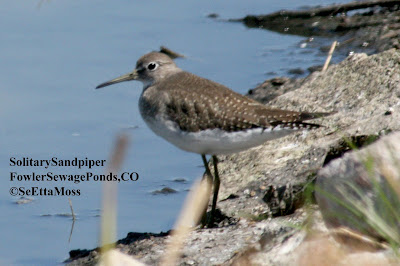Burrowing Owl: does it have ear tuft?

I took these pics just a few days ago of a Burrowing Owl in a prairie dog town in some nice short grass prairie in Crowley County, Colorado. I didn't notice until I uploaded these pics that it appears to have 'ear tufts,'(not part of ear structure but tufts of feathers) a characteristic this species of owl is not supposed to have. I have checked "North American Owls: Biology and Natural History" (2nd Ed) by the well respected ornithologist Johnsgard and it said this species is without ear tufts. I also checked a number of online sites including Cornell's 'All About Birds' and they all noted that Burrowing Owls do not have ear tufts. That is with the exception of a 1981 article "Adaptive Significance of Ear Tufts in Owls which listed Burrowing Owl as one of the species with ear tufts. Now one could maybe disregard this rather old single study except that it was published in the prestigious ornithological journal Condor . Be sure to click o...

